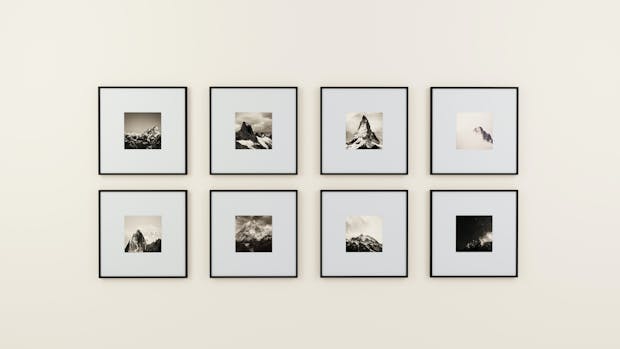investing in art

investing in art
there’s more to art than just hanging them in your lounge and admiring them. often it is looked at as a hobby for the super rich. reports state that in terms of passion-led investment, while jewelry tops the list as the most preferred purchase for ultra-high-net-worth individuals (UHNIs), art and watches are close runner-ups.
apart from its beauty, the reason why people invest in art is because it appreciates in value just like stocks and bonds. but unlike stocks, it isn’t dependent on the stock market. in 2008, for example, while the US equity benchmark index S&P dropped 37.5%, art indices were only down by 4.5%. this unique capability of art to battle market trends makes it one of the most interesting alternate investment asset classes.
but the question is what art do you want to buy and how do you buy it?
physical art
if you can afford it, you can buy art straight from a gallery. walk up, inquire and take the canvas home. but that’s if you fancy yourself as a connoisseur and can identify fakes. most potential investors enlist consultants or advisory firms who help make purchases. once you’ve made the purchase, you need to make sure the piece of art is well cared for. for example, if it is a sculpture some pieces may need to be polished regularly. others may need a special solvent for upkeep.
art fund
for those who view art as a smart investment rather than something to flaunt, an art fund is usually the way to go. an Art fund is similar to a mutual fund where an individual invests in a basket of different products to minimise risks. the InArt Fund is one of the most popular ones. the minimum ticket size is $125,000 and it promises a high watermark return of 20%
digital art
for those who want to own the art but not worry about upkeep, there are NFTs.
non fungible tokens (NFTs) are digital assets built on a blockchain, similar to many cryptocurrency tokens. but where different tokens of a cryptocurrency, say Bitcoin, can be interchanged, each NFT token is unique in itself. of late, a plethora of artists, musicians, and even sports organizations have jumped on the NFT bandwagon to better monetize their intellectual properties.
the most famous one, of course, is the JPEG by Beeple which sold for $70 million. the file was a piece of digital art titled Everydays: The First 5000 Days, which was sold at Christie’s in March. this was the first purely digital artworks auction by Christie’s and this sale placed Beeple among the top three most valuable living artists as per the auction house.
NFT as a technology holds a lot of potential to disrupt the art investment space and even bring more liquidity to a highly illiquid asset class. but recently, the price of NFTs have crashed. experts have said it could be just a lack of high-quality art that has caused a dip in prices.
the joy of owning art, be it physical or digital or even if it is through a fund is eternal. but when it comes to investing, emotion needs to be put to one side. make your decision depending on what your risk appetite is.



